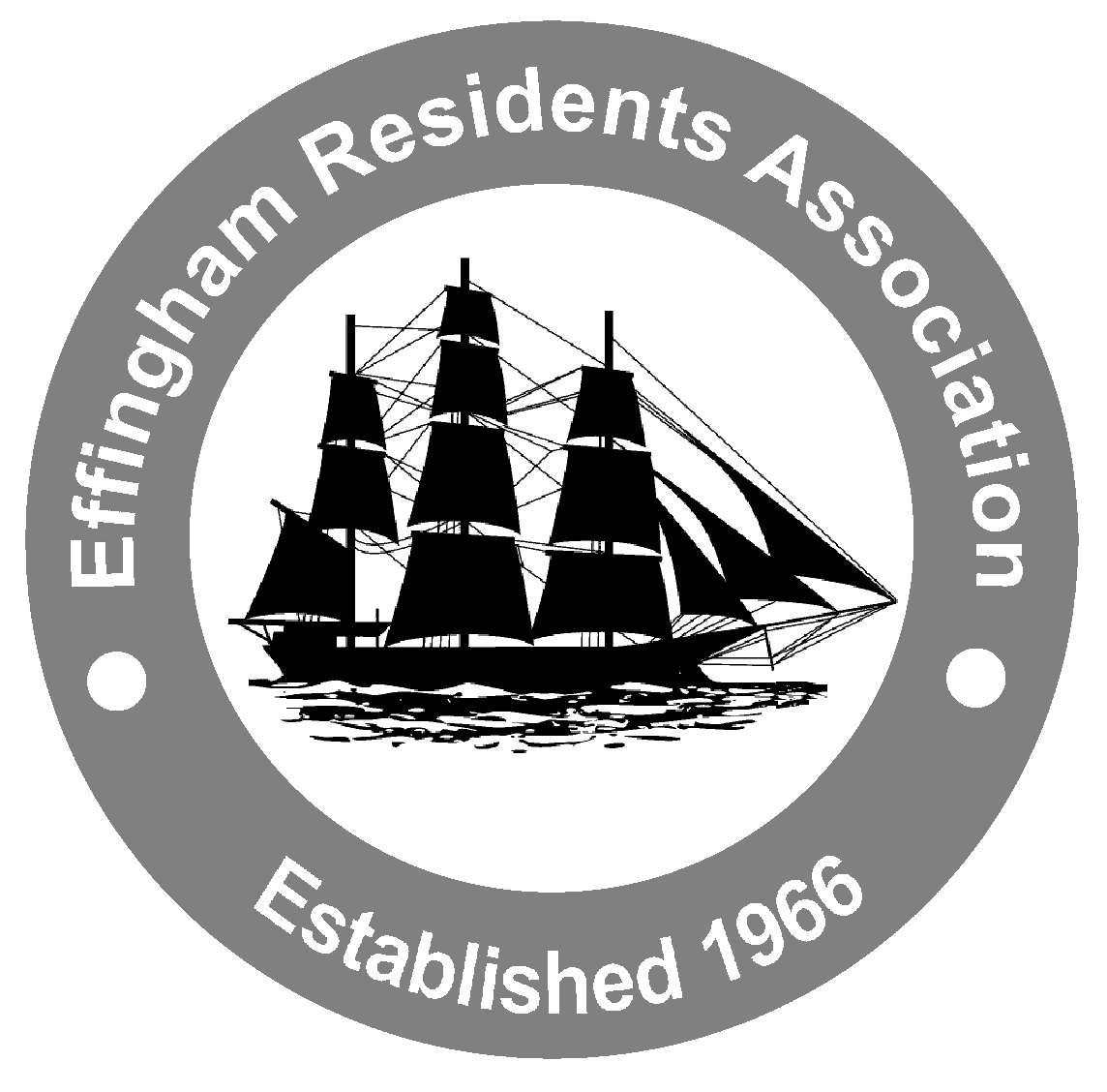Have you ever wondered why unlike other local stations, including Horsley Station, Effingham Junction Station has no station concourse and has a modern ticket office which replaced an old wooden one, rather than Victorian redbrick? The answers are all down to the history of the Surbiton to Guildford via Cobham line.
The Surbiton to Guildford line (the line which Effingham Junction serves) was agreed by Parliament in the London South Western Railway Act 1881. The line was opened on 2nd February 1885. The line itself was a late development as by the 1880s there were over 13,500 miles (21,700kms) of rail track in Britain run by over 100 competing railway companies in a non-standardised patchwork railway system.
Guildford was only on a branch line from Woking until 1859 when trains first began to run through it from Waterloo to Portsmouth. The campaign to build a new line via Cobham began in the 1860s, although in the 1850s a line via Leatherhead was proposed.
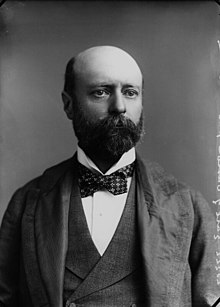
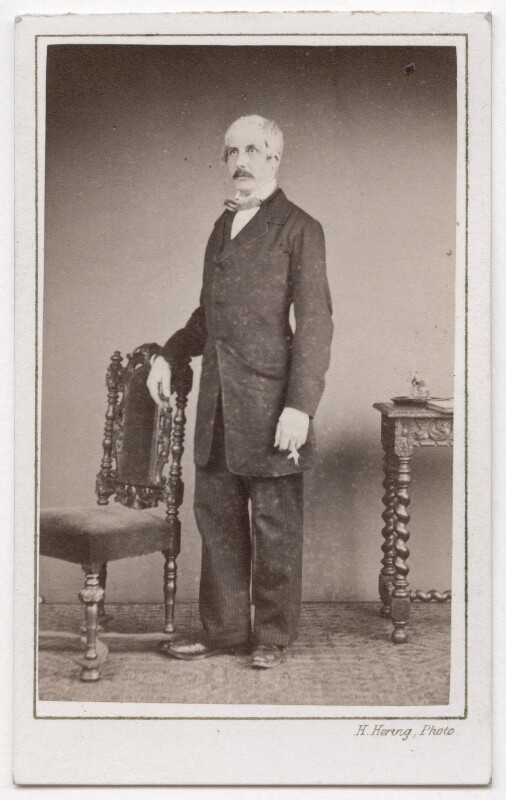
The Earl of Onslow of Clandon Park and the Earl of Lovelace of Horsley Towers took a leading role in it in 1880 as a new line would not only connect Cobham and other villages to London, but the sale of land to build it during the agricultural depression caused mainly by cheap imported grain from the USA was attractive to landowners and the railway would provide a quicker and cheaper carrier for their products. It was also recognised that it would increase settlement around the new stations. A second station in north Guildford at London Road was intended to boost trade.
There were competing ideas and companies involved and the line that began to be built in 1882 was a compromise that avoided Cobham and the Queen’s Claremont Estate but gave them access to the railway at nearby Stoke D’Abernon and went via Surbiton to Waterloo. A branch line linking it to Leatherhead was also agreed at the same time but many other ideas were abandoned.
Lucas and Aird founded by the partnership of Sir John Aird and Charles Thomas Lucas were appointed to build the line which involved major engineering works including a long embankment across the Mole Valley flood plain and a cutting through the Oxshott. The Times commented that the line “passes through some of the most picturesque parts of Surrey.” It was soon used by Londoners to access the Surrey countryside for leisure, as well as for commuters and for carrying goods and produce.
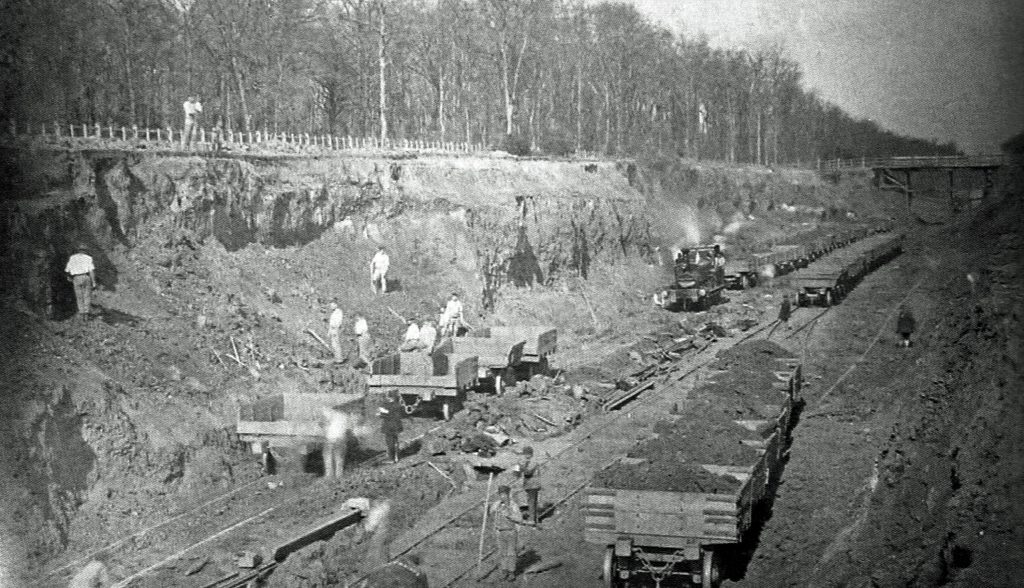
When the line opened in 1885 there was no station at Effingham Junction. Although the company called the junction of the two lines Effingham Junction, it is actually in East Horsley, but was called Effingham Junction as it is close to Effingham Common and to avoid confusion with Horsley Station which is just over one mile (1.8 kms) away.
The idea of a station at Effingham Junction had been considered and rejected in 1882 because of lack of sufficient traffic. The village of Effingham is 1½ miles (2.48 kms) away and its population then was only 585. Effingham Common Road/Howard Road which led from the village to where the station now stands and on to Forest Road and Cobham Road was then just a dirt track that had little traffic.
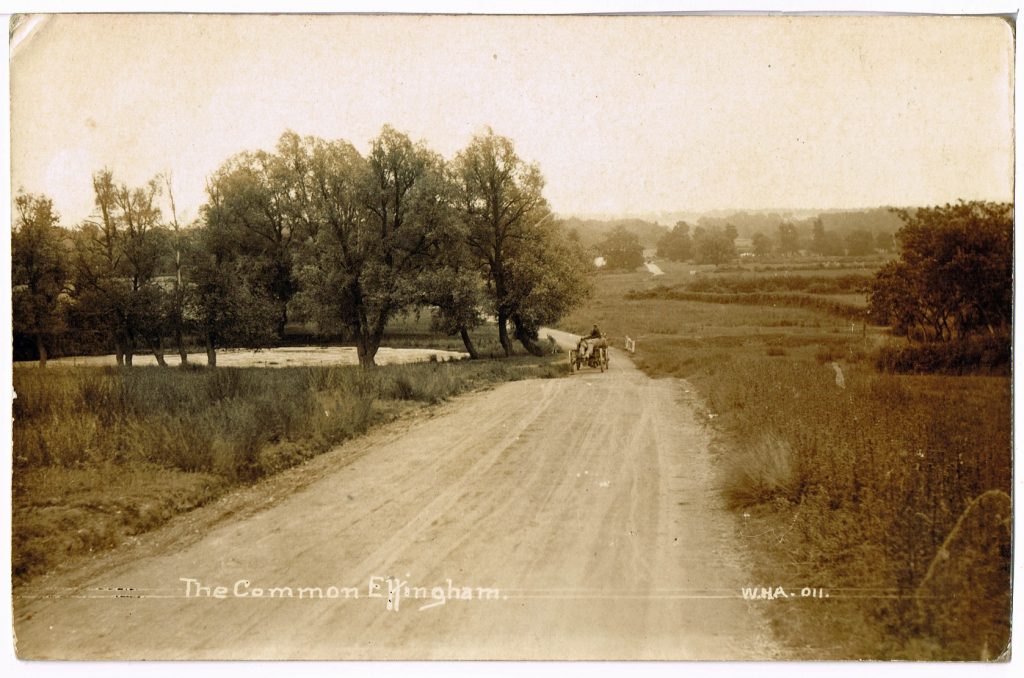
A line from Effingham Junction to take the Leatherhead line to Surbiton with a station called Downside Junction was included in the 1881 Act but never built, although a bank to connect the line was started and can still be seen.
Prior to the building of the station, only a signal box to serve the junction with the Leatherhead line stood at where the station was later built– the building was later used as a staff room for station workers.
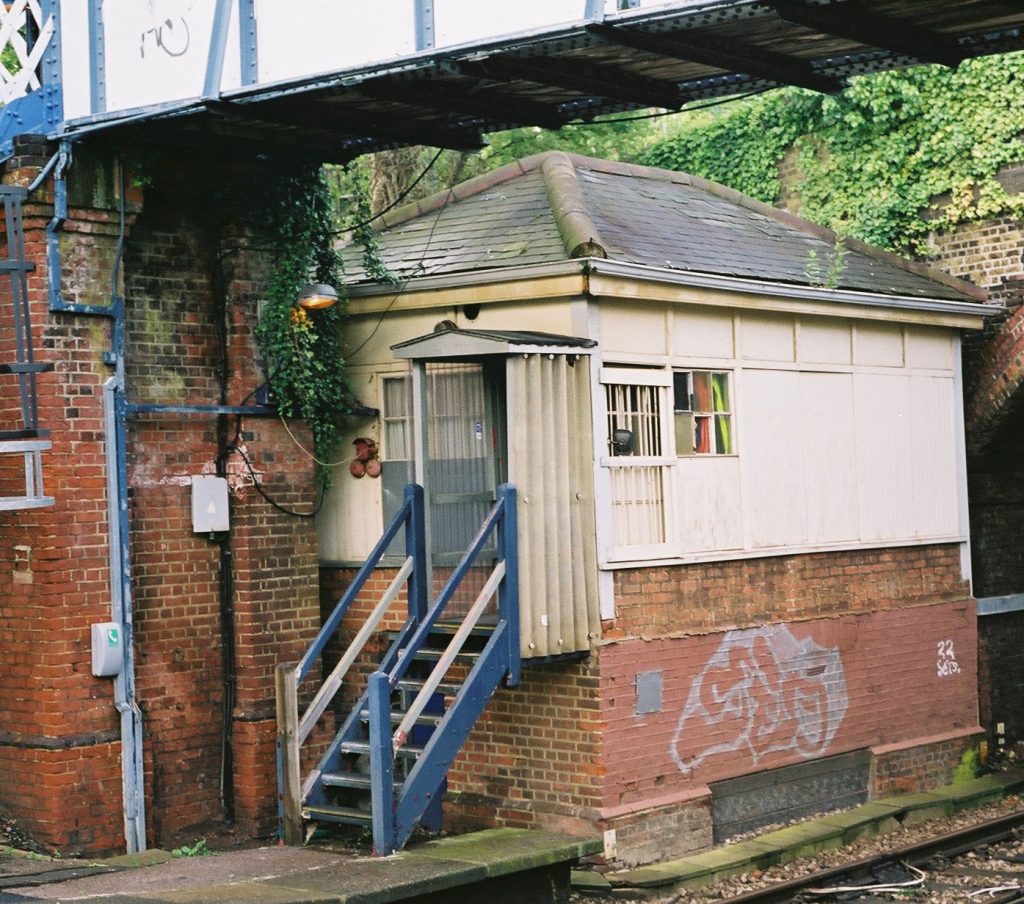
Two brick built staff cottages for the signalmen were built in 1886 next to the current Guildford bound platform in the middle of what is now the carpark and were later extended in 1898. They were occupied by the first two signalmen appointed, Alfred Vigars and Albert Ansell and their families. Alfred was 45 years old when appointed. He came from Launceston which was then in Devon and was the son of a copper miner. Albert was born in Capel in Surrey and was 30 years old. He was the son of an Agricultural Labourer. The railway had offered new and better employment opportunities for many men from poor backgrounds. Both men spent the rest of their working lives as signalmen at Effingham Junction. They raised their families there and both are buried in local churchyards.
The idea of a station at Effingham Junction was again considered in 1884 by the company and turned down but there was a rethink in 1885, when James Thompson Mackenzie, a wealthy owner of the Hatchford Park estate and friend of the Prince of Wales wrote to the company requesting a station near Effingham Junction. It was finally approved in 1887 with an estimated cost of £1,323 and was opened on 2nd July 1888 as the last station to be opened on the new line at a cost of £1,832.
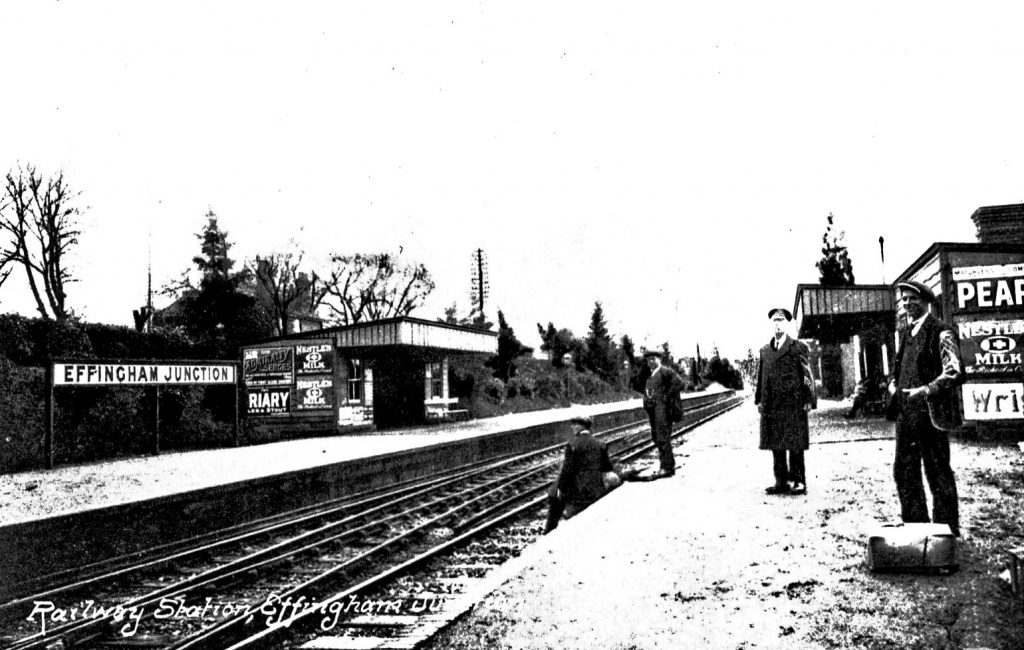
The new station looked very different from other stations on the line, as it still does today. The others had brick built buildings consisting of ticket office, passenger waiting rooms and staff rooms, together with a station concourse, setting them back from the roads and a goods yard, as the transport of goods was a first important use of the line. Effingham Junction was opened with prefabricated wooden buildings which could have been moved if the station was unsuccessful.
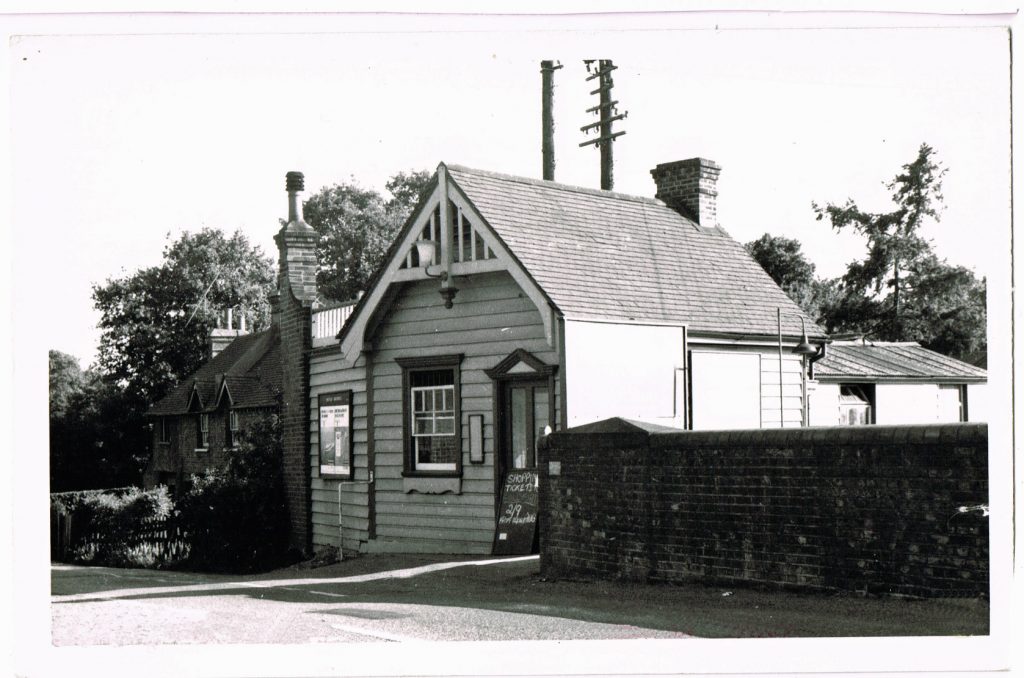
In 1888 the small ticket office was built directly fronting the road bridge on Howard Road/Effingham Common Road close to the Guildford bound platform on a steep slope with a staircase down to the platform. Below it was a porters’ room at platform level. Timber waiting rooms were added to each platform. The footbridge was more substantial with brick supports and a steel plate structure with wooden treads that were later replaced. Despite a petition from local residents it was built without a goods yard.
The first station master was Louis Dennise. He had to lodge locally until a brick built house was built at a cost of £260 for him and his family away from the signalmen’s houses in what would now be the south west end of the carpark. Station masters did not stay long at one station. Louis had left by 1901 and he ended his career as station master at the important station at Brookwood because of the funeral traffic to it. The second station master was Edmund Score who was born at Blandford, Dorset and whose father had been a bricklayer. He started his career working in Smith & Sons (later WH Smiths) at Wimborne Station. He ended his career as a station master at Southampton.
There were also porters employed. In 1891 33 year old Jack Keohane was lodging with Alfred Vigars, replaced by 1901 by 18 year old George Blanchard. To keep the track repaired a platelayer and two general labourers lived in two wooden navvies’ huts bought from the railway contractor.
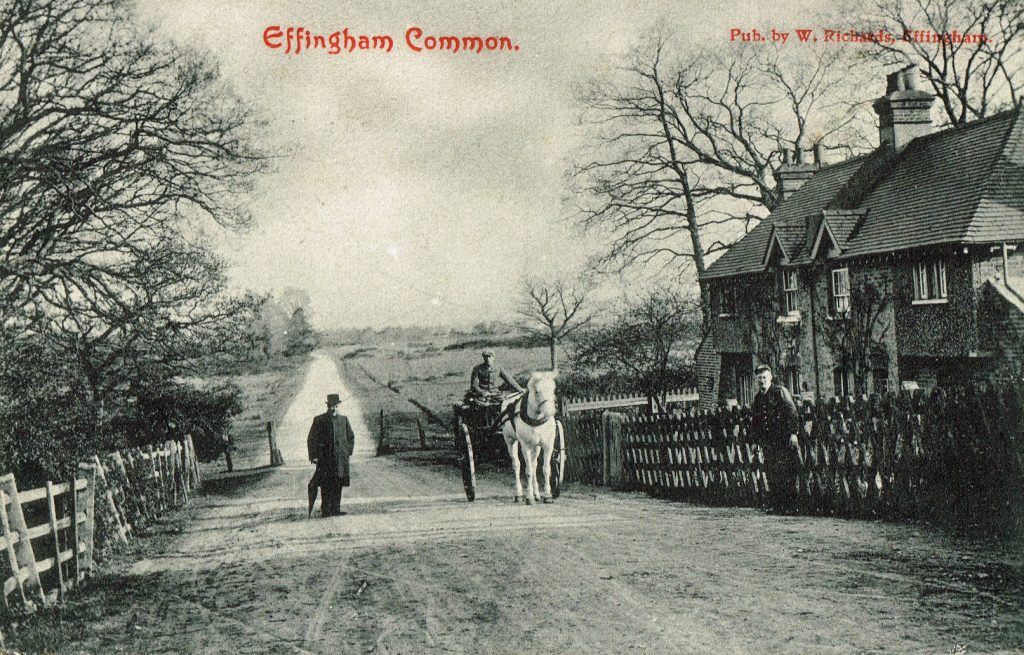
These were replaced by 1900 by a pair of cottages built to the “Company’s standard design” at an estimated cost of £400 facing Howard Road/Effingham Common Road south of the Ticket Office. However, the two intended occupants did not want to occupy them as the rent was 3s9d a week. By 1901 one of the intended occupants, George Matthews the platelayer, was occupying one with the other empty. He retired and was living on Effingham Common close by the station at the age of 89 in 1939.
Many of the early station masters’ names are known. In 1913 the station master was WW Butler and he was followed by J. Searle in 1918. When he retired in 1925 he was replaced by C. Earle and then by JW Daw in 1932. JW Daw retired in 1936 after 46½ years’ service with the railway. He had his retirement presentation at the Sir Douglas Haig Hotel (now the Queen Stage) where he was presented with an engraved watch and an umbrella for his wife and “a wallet of notes from the public.” The next station master GH Lloyd had fought in the First World War and had been reported dead after the retreat from Mons. His wife went into mourning, his home was sold and his name was inscribed on the local parish church war memorial. In fact, he had survived and been captured as a prisoner of war by the Germans after being tended by French villagers. In 1940 he moved as station master to Ash and North Camp stations and was followed by CG Warland until 1944.
In 1923 the British Government reduced the 120 plus railway companies to four main groups. The London & South Western Railway company which ran the Guildford to Cobham line became part of Southern Railway. Increased investment followed and the route became one of the first to be electrified in 1925 with a rectifier substation built in the angle of the Bookham and Cobham lines on land bought from Lady Lovelace in 1922. Shortly afterwards the Royal Train passed through Effingham Junction and Horsley Stations en route from Cowes to London.
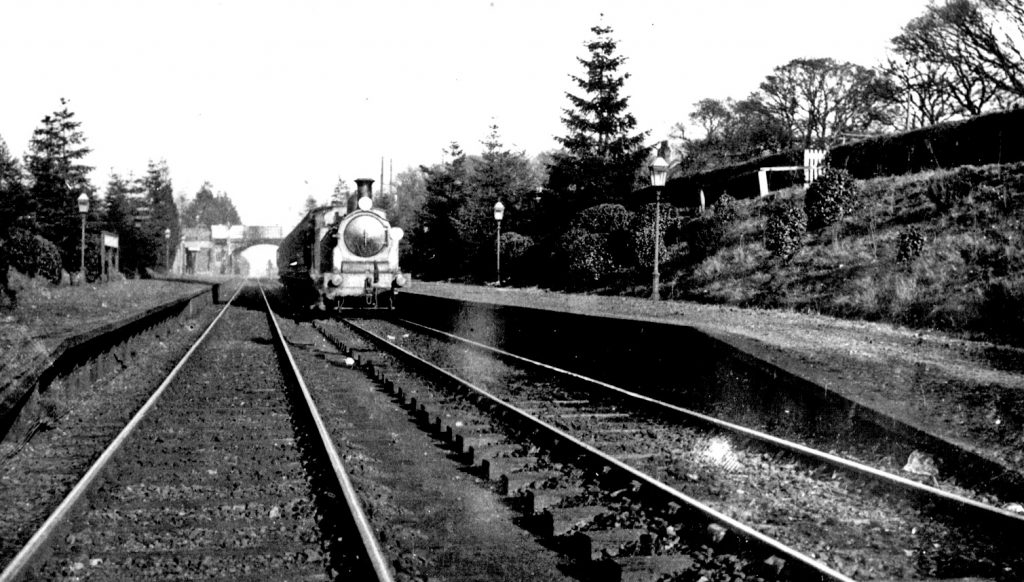
The lighting at Effingham Junction continued to be by gas for some years. Some refurbishment was carried out on the station’s wooden buildings. The waiting rooms were upgraded with a canopy extended over all the buildings on the platform, the middle section of each waiting room was filled in so that fires could be included in the waiting rooms. The footbridge was upgraded with lattice ironwork replacing the wooden steps and trestle supports.
In 1929 the journey time from Effingham Junction to Waterloo Station was 36 minutes. There were three services an hour and additional services via Leatherhead. A standard return fare was 5s 6d whilst a cheap day return cost 2s 9d. A 3 month season ticket cost £5 13s 6d.

The 1881 South Western Railway Act had authorised a carriage shed which had not been built, although a siding may have been added. In 1924-5 Harry Tyrell’s summer house, garden woodland and pond were bought and later used by Southern Railway to build a seven-road carriage shed which is still in operation south west of Effingham Junction Station. As a result a new signal box had to be built on the Guildford end of the London bound platform to control movements to and from the sidings. Passengers on the platform could see the Signalmen working the levers and hear the bells ringing as the platforms were extended in 1925 to take the new eight coach trains having already been extended in 1903. The Box remained in service until 1969 when all signalling became controlled from Guildford, when it was demolished although its base is still visible. The carriage shed closed as an electric train depot in 1992 after fires in the 1970s, but was further developed and refurbished in the first decade of the 21st century. It is currently operated by Colas Rail as a maintenance base for Network Rail MPVs and track machines.
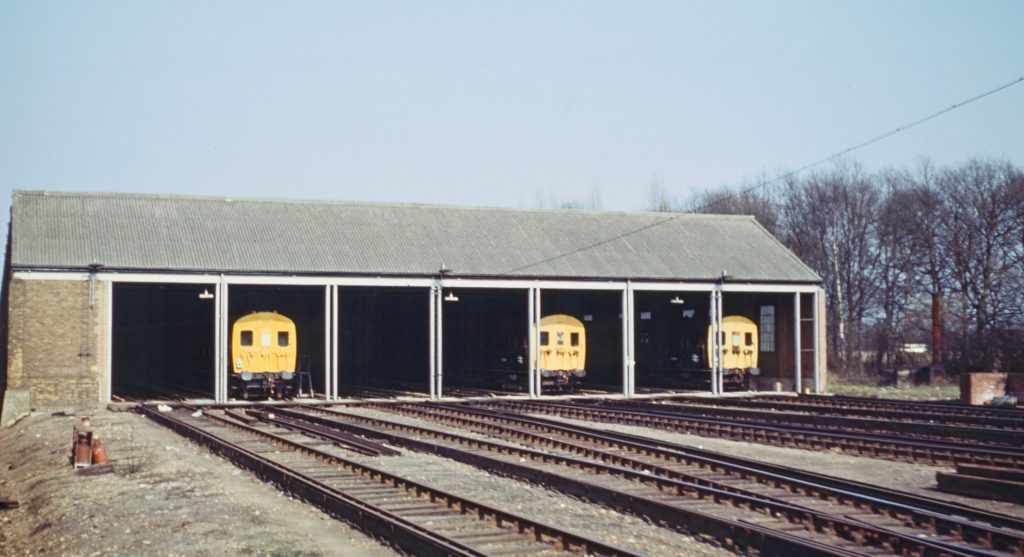
As the station was built without a concourse as the use of cars grew the lack of parking was a problem. Robert Calburn, the lord of the manors of Effingham and Effingham East Court gave Effingham Parish Council 0.365 acres 1,477 square metres) of land on the eastern side of the railway bridge next to Gallows Grove for use as a carpark in 1935. The area was however too small and the access dangerous as it was close to the hump in the road bridge. Following nationalisation of the railways in 1947, a small carpark was opened behind the railway cottages on Howard Road which involved demolishing the signalmen’s cottages and station master’s house which were no longer needed. As today, access was by the track on common land from Howard Road/Effingham Common Road which was already being used for access to the Carriage Shed.
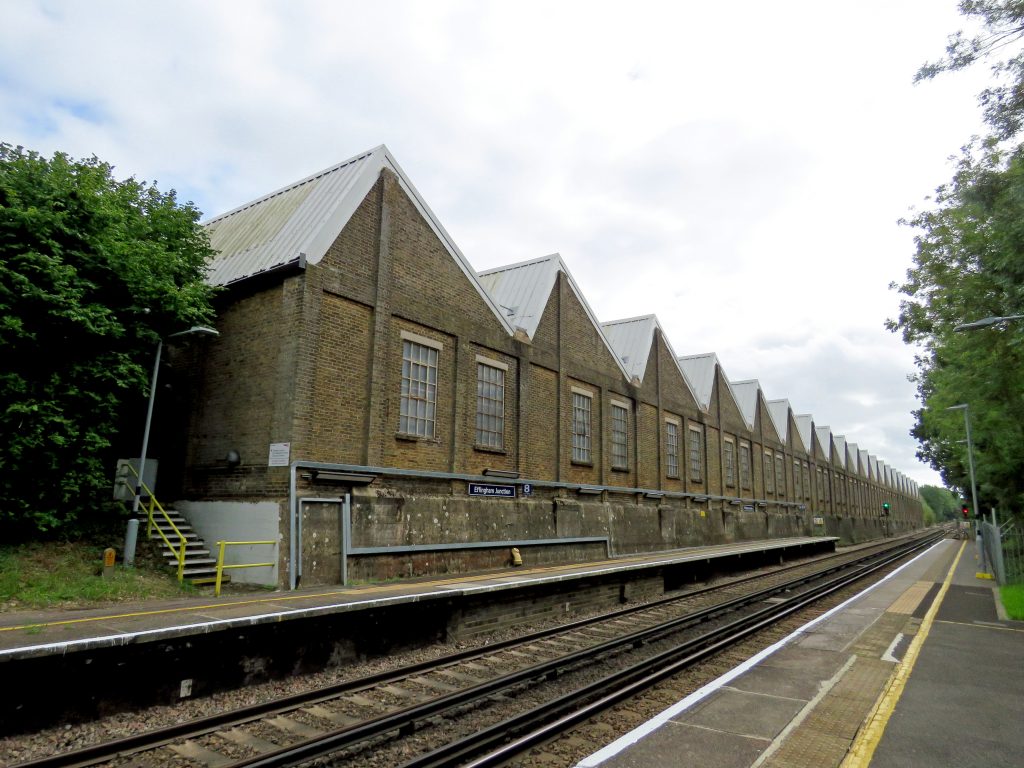
In 1986 after lobbying from Effingham and East Horsley Parish Councils and local residents because of the problems caused by the lack of capacity of the car park leading to parking on Effingham Common Road and the poor condition of the carpark, British Rail applied to extend the carpark which involved demolishing the two remaining rail workers’ cottages fronting Howard Road/Effingham Common Road. The work was finally finished in 1988, but by 2000 the carpark was again operating at over capacity until the Covid pandemic of 2020.
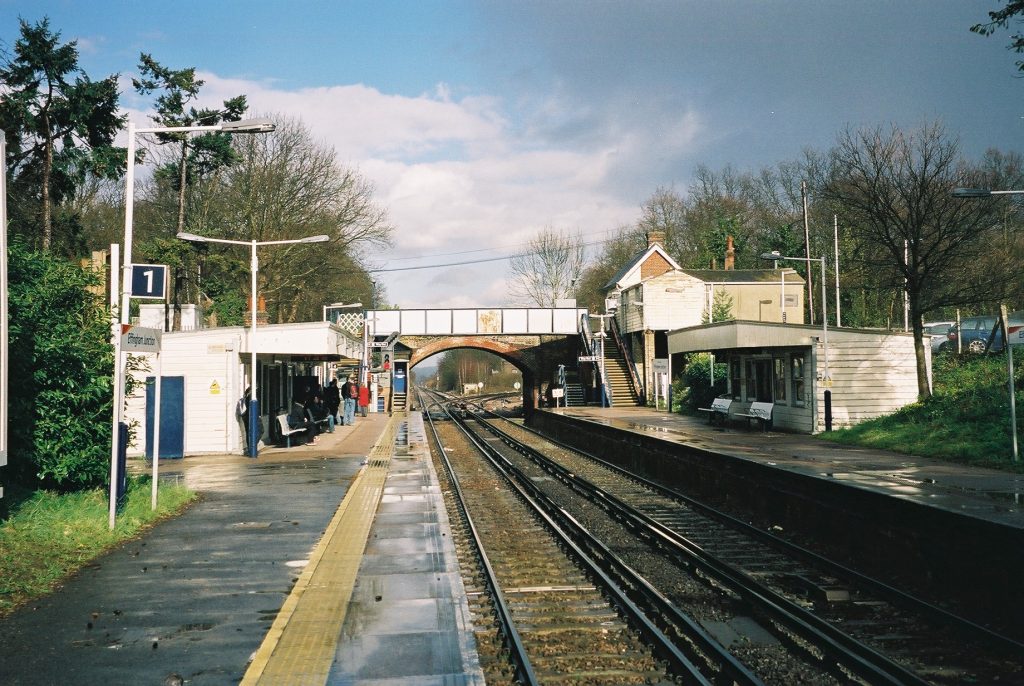
Following privatisation of the railways the line was part of a franchise to Stagecoach South Western Trains Ltd., between 1996 and 2017. During that time the original 1888 temporary buildings were finally replaced in 2012 by modern buildings with a ticket office and passenger toilet built at carpark level with a drop off area at the front of the station and re-arrangement of the carpark, with a disabled access ramp to the southern platform. The old waiting rooms were replaced by covered metal and glass open shelters.
Since 20th August 2017 South Western Railway owned by First Group (30%) and MTR Corporation (30%) has held the franchise for the line.

Effingham Junction became established as a permanent station after it became popular with ramblers coming out from London by train at weekends in particular. The rise in population in the mid twentieth century then increased daily passenger number. However, the proximity of the station to the Green Belt and the unique rural feel of Effingham Common south of the station make it a popular destination for cyclists and walkers. Passenger numbers reached a peak in 2017/8 of 300,000. They fell to 47,852 in 2019/20 during the Covid pandemic but in 2021/2 had only recovered to 150,000.
Interesting incidents that have happened at Effingham Junction Station:
- On 14th October 1954 the Royal Train took Emperor Haile Selassie of Ethiopia through the station en route from Portsmouth & Southsea to London via Bookham
- On 18th April 1956 a Pullman special took Russian Communist Party leader Nikita Krushchev and Premier Nikolai Bulganin through the station en route from Portsmouth Harbour to Victoria
- On 9th September 1983 the station used in the filming of Ray Davies’s Return to Waterloo (Ray Davies lived at Slater’s Oak on Effingham Common Road).
Thank you to Stephen Spark for the use of his photographs and for providing information which has helped us put this history of Effingham Junction Station together.
